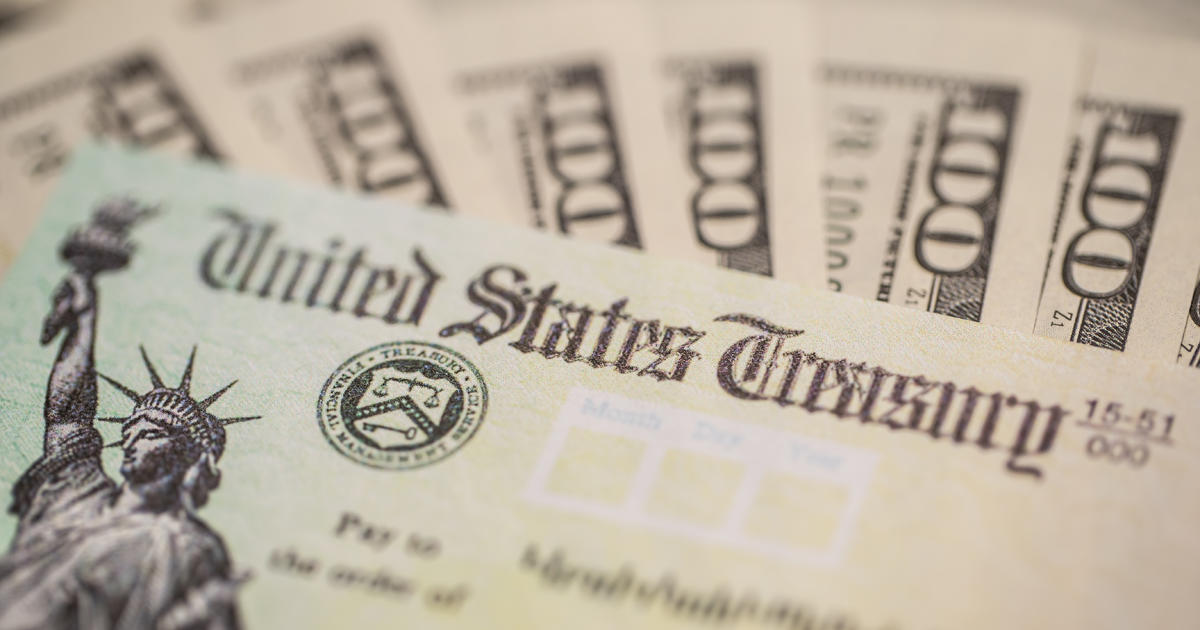Millions of Americans eagerly await their second $ 600 stimulus check for each eligible adult and child. The IRS said on Tuesday that it began distributing the checks by direct deposit that night, a process that will continue until next week.
The tax agency added that it is sending paper checks on December 30 to people who do not have their bank account information on file with the IRS. Still, the schedule leaves many people wondering when exactly the check will end up on their accounts – especially since the IRS website for checking a person’s payment status is not available.
The second stimulus check follows a difficult launch this spring for more than 160 million stimulus payments under the Aid, Relief and Economic Security Coronavirus (CARES) Act. This relief effort, which targeted $ 1,200 for each eligible adult and $ 500 for each eligible child, encountered several problems, late payment for people who did not have their bank details filed with the IRS, as was the case with some Social Security beneficiaries.
“We are working quickly to distribute this second round of payments as quickly as possible,” said IRS commissioner Chuck Rettig in a December 29 statement. “We ask everyone to visit IRS.gov in the coming days for the latest information on these payments and important information and assistance with filing your 2021 taxes.”
But the IRS “Get My Payment” site is currently offline. The agency said it expects its “Get My Payment” tool to operate again “in a few days”, although it did not specify a date.
This website allowed people to provide or update their bank account details to the IRS. It also informed people when their checks would be deposited in their accounts. But it also had flaws. Some people reported having error messages like “Payment status not available”, while others have been blocked on the site.
“Payments are automatic”
On December 29, the IRS said “payments are automatic” for people who filed a 2019 income tax return, as well as for people receiving Social Security benefits, railroad retirement benefits or Supplementary Pension Income and Veterans Affairs beneficiaries who have not filed a tax return.
The IRS added that people who have successfully used the Non-Filers tool until November 21 – a website designed to ensure that people who do not normally make tax returns receive a payment – will receive their second stimulus checks automatically.
How much will I receive?
The IRS is sending $ 600 for each eligible adult and child – not the $ 2,000 that was pushed by President Donald Trump.
Senate majority leader Mitch McConnell blocked an attempt on Tuesday to vote on the $ 2,000 stimulus checks passed by the House, but resurrected higher payments in a new bill that includes other items on the list. Trump’s wishes, including the repeal of Section 230, which protects social media companies from lawsuits.
While stimulus checks are unlikely to increase to $ 2,000, the Treasury Department said it would be able to handle that possibility. “If additional legislation is enacted to provide for a higher amount, the Economic Impact Payments that have been issued will be completed as soon as possible,” according to a Treasury statement on December 29.
The second round of payments earns $ 600 for singles who earn up to $ 75,000 and $ 1,200 for couples who earn up to $ 150,000.
The amount then decreases for people who earn above these limits and is completely eliminated for single people who earn more than $ 87,000 and couples with earnings above $ 174,000. Children under 17 will receive $ 600 each. 17-year-old children are not eligible, as are adult dependents, such as college students and some physically disabled people who are declared dependent on their relatives’ tax returns.
More people are eligible for the second round of stimulus checks than in the first, the IRS added.
“According to the previous CARES Act, joint returns from couples where only one member of the couple had a Social Security number were generally ineligible for payment – unless they were in the military,” noted the IRS. “But this month’s new law changes and expands that provision.”
Under the new relief bill, the US government will allow mixed-status families of American citizens with undocumented relatives to receive stimulus checks that were denied in the first round of legislation in the spring, and that triggered several lawsuits.
